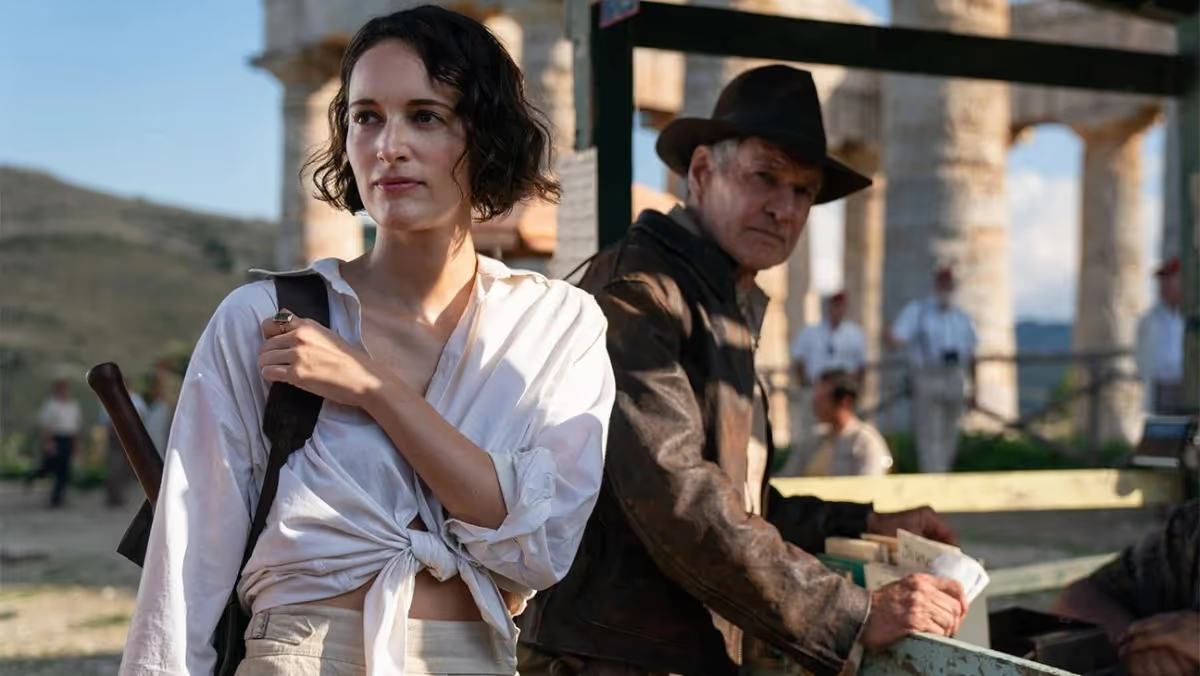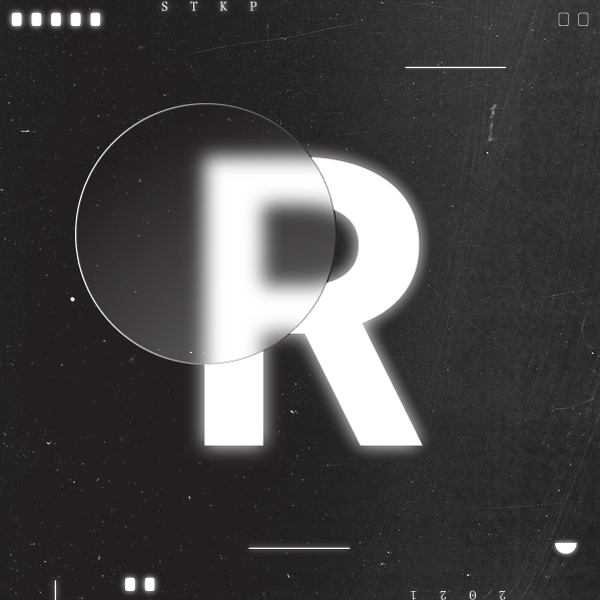In Review: 'Indiana Jones and the Dial of Destiny'
Harrison Ford's globetrotting archeologist returns for a final ride.

Indiana Jones and the Dial of Destiny
Dir. James Mangold
154 min.
At this point, the Indiana Jones movies have come to resemble one of those venerable bands that’s retained one or two original members and brought in some new recruits capable of playing the hits to nostalgic fans who don’t mind if things aren’t quite what they used to be. The name’s the same. Some of the faces look familiar and the new additions certainly have chops. But the vibe is a bit unstable and by the end of the show, everyone on stage looks a little tired. No one’s had a bad time, but in attempting to summon up the good old days, they’ve only managed to make them seem that much more distant.
It’s easy to be forgiving of a farewell tour, however, even when it’s frequently less than stellar. The fifth Indiana Jones movie, Indiana Jones and the Dial of Destiny, is being billed as Harrison Ford’s last time out as the archeologist/adventurer/ophidiophobe, the role he originated back in 1981 with Raiders of the Lost Ark and one that once seemed destined to rest peacefully after 1989’s Indiana Jones and the Last Crusade. That changed in 2008 with Indiana Jones and the Kingdom of the Crystal Skull, an attempt to dust off Jones and his bullwhip while passing the torch to a new generation in the form of Shia LaBeouf’s Mutt Williams, the child of Indy and his sometime-flame Marion (Karen Allen). Little loved for a variety of reasons, that film doubled as an end of the line for director Steven Spielberg and producer George Lucas.
The Reveal is a reader-supported newsletter dedicated to bringing you great essays, reviews and conversation about movies. While both free and paid subscriptions are available, please consider a paid subscription to support our long-term sustainability.
Indiana Jones was born of an enthusiasm for old adventure serials shared by Spielberg, Lucas, and screenwriters Lawrence Kasdan and Philip Kaufman, who reworked their elements into a modern blockbuster. Directed by James Mangold, Indiana Jones and the Dial of Destiny plays a bit like a tribute to a tribute, but there’s enough of the old spirit to keep it going, even if it starts to flag after a while.
The Dial of Destiny begins with a scene that turns back time, with varying degrees of success. Set in the waning days of World War II, the breathless opening finds Indy—played by a de-aged Ford, thanks to effects that mostly avoid dipping into the uncanny valley—doing battle with Nazis whose hoard of purloined treasures may include the Archimedes Dial, an invention of the Greek mathematician whose mysterious powers may help tilt the direction of the war back in the Nazis’ favor. In addition to fending off foot soldiers, Indy has to contend with Jürgen Voller (Mads Mikkelsen), a scientist with nefarious plans for the dial.
Fast forward to 1969: Indy’s divorced from Marion (for reasons not revealed until later in the film), winding down his teaching days lecturing to rooms filled with bored students, and living in a dumpy New York apartment, where he has to put up with hippie neighbors who blast music at all hours. As the city prepares to greet the returning Apollo 11 astronauts, it also plays host to Voller, who’s distanced himself from his past by working for NASA but never forgotten his fascist dreams. He’s also never forgotten the dial, an interest that eventually pits the wearied but unbowed Indy against him in a hunt for the ancient treasure. Joining Indy: Helena Shaw (Phoebe Waller-Bridge), Indy’s goddaughter and in many ways his heir, having inherited both his interest in the past and his roguish spirit.
Waller-Bridge is terrific fun—she begs for a spin-off or, better yet, a series Waller-Bridge can call her own—and Ford easily incorporates the aging Indy’s grumpiness into the character of old. Mangold keeps the pace breezy (despite the film’s running time) and the banter flying between set pieces that work so well when not relying on obviously green screen-assisted moments that it’s a shame the film feels the need to use them at all. Some stretches feel more vital than others, but it all builds to a nervy final act with a development even more out there than the final stretch of Crystal Skull. It’s destined to be divisive but, like the rest of the film, benefits from lowered expectations. This is not a franchise in its heyday. (Though the John Williams score is as good as his past Indy work.) It’s a franchise being trotted out to take a dignified final bow and enjoy a last round of applause, driven less by what it is now than what it used to be. —Keith Phipps
Indiana Jones and the Dial of Destiny opens in theaters tonight.





Discussion